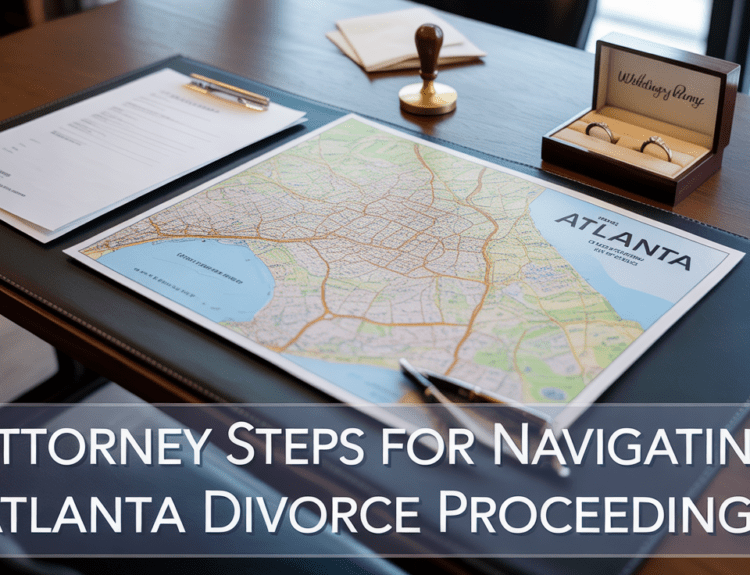Nearly three million workers die every year due to work-related accidents and diseases, highlighting the persistent challenges in safeguarding workers’ health and safety globally. According to the International Labor Organization, work accidents alone account for 330,000 deaths annually.
Understanding the causes of workplace accidents and knowing employees’ legal rights are crucial for ensuring a safe working environment. Whether it’s about maintaining safety protocols or seeking compensation after an injury, being well-informed can make all the difference. This article delves into what constitutes a workplace accident, employees’ rights, and how to protect oneself and coworkers.
Contents
Causes of Workplace Accidents
Understanding the root causes of workplace accidents is essential for prevention. Here are the primary factors that contribute to these incidents:
- Human Error: Contributing factors include lack of training, negligence, fatigue, and miscommunication.
- Environmental Factors: Hazards such as wet floors, poor lighting, cluttered pathways, and extreme temperatures can significantly impact workplace safety.
- Equipment and Machinery: Risks arise from faulty or improperly maintained equipment, lack of regular maintenance, improper use, and inadequate safety guards.
- Workplace Culture: The overall safety culture, including implementation of safety protocols, management attitudes, comprehensive safety training, and avoiding deadline pressure at the expense of safety, plays a crucial role in accident prevention.
Immediate Steps After an Accident
When a workplace accident occurs, taking immediate and appropriate action is critical:
- Ensure Safety: The first priority is to ensure the safety of everyone involved. Remove any immediate hazards and seek medical attention for the injured person.
- Report the Incident: It’s essential to report the accident to your employer as soon as possible. Timely reporting ensures that the incident is officially documented and can be crucial for any future claims.
- Documentation: Thorough documentation is vital. Collect witness statements, take photographs of the accident scene, and record details about the incident. Proper documentation can support your case if legal action becomes necessary.
- Consult a Legal Professional: It may be beneficial to consult a legal professional to understand your rights and options, especially if the injury is severe or if there are complications with your employer. For expert advice, consider reaching out to dfwinjurylawyers.com.
Legal Rights and Protections for Employees
Understanding your legal rights and protections is crucial after experiencing a workplace accident. These rights ensure that you receive the necessary support and compensation.
Workers’ Compensation
Most employees are entitled to workers’ compensation, which covers medical expenses and lost wages resulting from workplace injuries. Understanding the specifics of your state’s workers’ compensation laws can help you navigate the process effectively.
Rights Under OSHA
The Occupational Safety and Health Administration (OSHA) sets and enforces standards to ensure safe working conditions. Employees have the right to a safe workplace and can file a complaint with OSHA if safety standards are not met.
Discrimination and Retaliation
It is illegal for employers to discriminate or retaliate against employees for reporting workplace accidents or filing for workers’ compensation. If you experience any form of retaliation, legal avenues are available to protect your rights and seek justice.
Employer Responsibilities and Legal Obligations
Employers play a crucial role in ensuring workplace safety and supporting employees who experience accidents.
Providing a Safe Environment
Employers are legally obligated to provide a safe working environment. This includes identifying potential hazards, implementing safety measures, and ensuring the workplace complies with all relevant safety regulations. Additionally, it can also mean providing employees with the necessary safety equipment supplies, and the proper training on how to use and maintain them. Conducting regular safety audits and updates to protocols can also improve workplace safety and show a commitment to employee safety.
Training and Education
Proper training and education are essential for accident prevention. Employers must provide regular training sessions on safety protocols, proper use of equipment, and emergency procedures to ensure that employees are well-prepared to handle potential risks.
Accident Investigation
When an accident occurs, it is the employer’s responsibility to conduct a thorough investigation. This involves identifying the root cause of the incident, documenting findings, and implementing corrective actions to prevent future occurrences.
Compliance with Regulations
Employers must comply with safety regulations set by bodies such as OSHA. This includes adhering to safety standards, maintaining records of workplace injuries and illnesses, and undergoing regular inspections. Compliance ensures a safer work environment and minimizes the risk of accidents.
Seeking Legal Help
In some situations, seeking legal advice is essential to protect your rights and ensure you receive appropriate compensation. Legal experts specializing in Accidents At Work can provide crucial guidance and representation to help injured employees navigate the claims process and secure fair compensation.
Consider contacting an attorney if:
- The injury is severe or results in long-term disability.
- Your workers’ compensation claim is denied.
- There are complications or disputes with your employer regarding the accident.
- You face retaliation or discrimination for reporting the incident or filing a claim.
Choosing the Right Attorney
Selecting an attorney experienced in workplace accidents and compensation claims is crucial. Look for someone with a strong track record, positive client reviews, and a deep understanding of your state’s workers’ compensation laws. Personal recommendations and online resources can help in finding a reputable lawyer.
Legal Process
- Consultation: The attorney will review your case and provide initial advice.
- Investigation: Gathering evidence, including medical records, accident reports, and witness statements.
- Filing a Claim: The attorney will file the necessary paperwork and represent you in negotiations or court proceedings.
- Resolution: The case may be settled through negotiation or, if necessary, a court verdict.
Wrapping Up
Workplace accidents can have severe consequences, but understanding their causes, knowing legal rights, and implementing preventive measures can make a significant difference. By fostering a culture of safety, ensuring proper training, and maintaining equipment, employers and employees can work together to create a safer work environment. Stay informed, be proactive, and prioritize safety to protect yourself and your coworkers from potential hazards.




